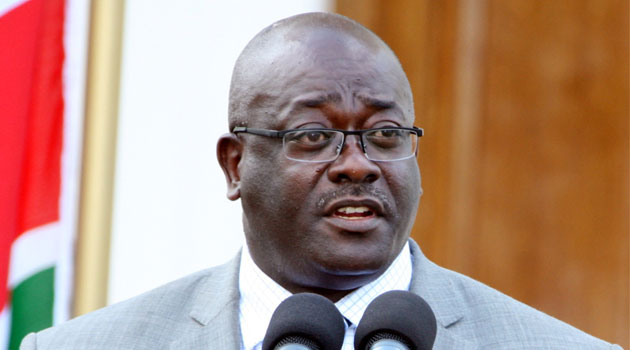NAIROBI, July 25 – The exact number of people killed during the post election violence appears to be a mystery even to the government itself.
Senior government officials who have testified at a public inquiry set to up to investigate the skirmishes have floated varying figures, and it now appears none of the departments holds the correct records.
Is it a case of the government trying to conceal the truth or was there no proper coordination between state agencies responsible for compiling such crucial records?
Such were the pertinent questions which came to focus during Friday’s proceedings at the Commission of Inquiry into Post Election Violence (CIPEV) that is chaired by Justice Philip Waki.
In his evidence to the Commission, Medical Services Permanent Secretary Dr Hezron Nyangito tabled records from public hospitals and mortuaries showing that 1,020 people had been killed during the post election violence.
“We were able to establish that 1,020 people were killed because the Ministry was able to compile a detailed report from all the provinces and districts on people killed or wounded during the post election violence,” he said.
Previous records produced by Police Commissioner Major General Mohammed Hussein Ali showed that only 616 people had been killed.
This contradicts figures produced by Internal Security Permanent Secretary Francis Kimemia who placed the number at ‘more than 700’.
Justice Waki challenged Dr Nyangito to produce all the names and (any other) details of the 1,020 people he said were killed in order to help substantiate his report.
Below is an excerpt on part of the proceedings:
Justice Waki: We are receiving all manner of figures from people we trusted will have the facts on those figures. And we are rather concerned about that because it doesn’t leave us any wiser after all these weeks.
We had the police which provided, among other figures, the numbers of people who died and they told us they are the only ones who can give us the facts.
We had the Permanent Secretary in the Office of the President in charge of Internal Security. He gave us some figures also relating to deaths, injured, and displaced people.
We had the Kenyatta National Hospital here; they also gave us figures of those who were shot and other figures.
And other figures are being floated around, can you tell us, where do we go to get the facts on these figures?
Is it that you will supply the names and postmortem reports of all these people you are confirming were killed? The 1,020, so that it becomes a fact?
Dr Nyangito: Yes, My lords.
Justice Waki: In the next how many days?
Dr Nyangito: Three weeks if you allow me.
Justice Waki: We can’t give you three weeks. You better put special people on that task because we only have about 30 days remaining.
Documents produced by Dr Nyangito show that Rift Valley was the worst affected with 651 deaths, followed by Nairobi which recorded 136, Nyanza (118), Western (83) and Coast (32).
Only one person was killed in Central Province, according to the report.
The PS said the government had conducted postmortems on 800 bodies in Nairobi, Eldoret, Nakuru, Kisumu and Kakamega.
The bodies, he said, bore gun shot wounds and deep cuts while others were burnt beyond recognition.
He told the commission some 65 bodies, mainly those burnt beyond recognition, were still lying in mortuaries.
They include bodies of people who have never been identified by relatives or friends.










































